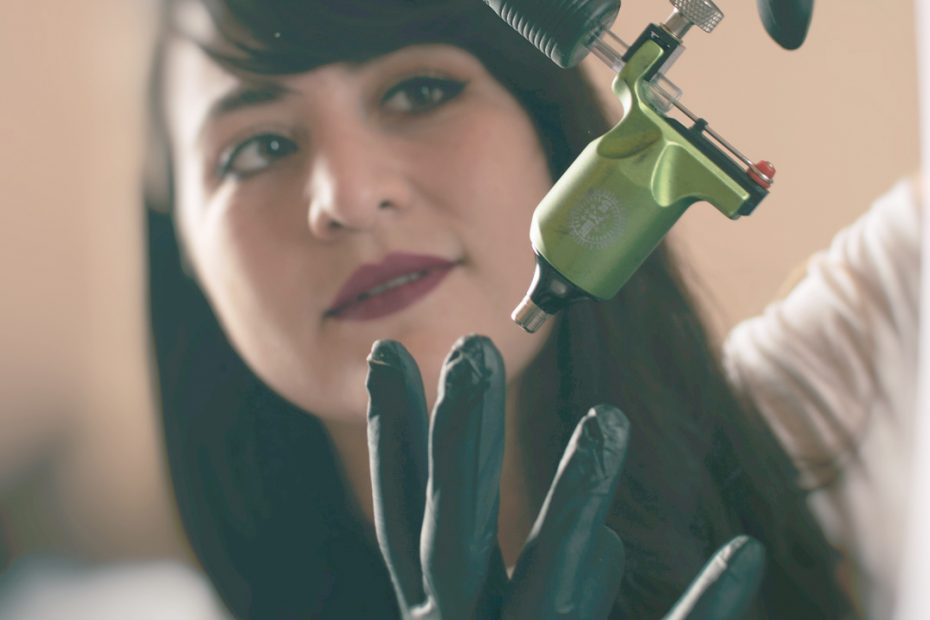In a world where almost everything is disposable, tattoos come to life, these works of art on the skin are permanent. Whether for social prestige, spiritual devotion, a rite of passage, or a momentary loss of common sense, tattoos are the ultimate sacrifice in the name of visual expression.
Tattooing is a simple and complex process at the same time…
- The first thing to do is to choose a design and know where on the body you want it.
- Once the design is chosen, the tattooist will then put it on the skin as if it were a decal. But this is only a simple sketch or drawing, without colors or shadows.
- To start tattooing, the machine is set up. It is equipped with a needle to draw a thin line all around the outline and inner strokes of the tattoo (usually done with black ink). This needle has a round shape like the tip of a pencil.
- When the outline is ready it is time to make the colors and shadows. The needles for coloring or shading are set up like a comb. The more needles in a configuration, the more ink is transferred. Multiple needles create equal holes that are filled at the same time.
- The tattooist presses a foot pedal to turn on the power supply and start the needle, and releases the foot pedal to stop the needle. This runs the machine at 4,000 revolutions per minute: a sports car can reach 165 kilometers per hour at those same revolutions. The speed of the needle on this machine is so high that it is equivalent to the speed of a hummingbird’s wings.
